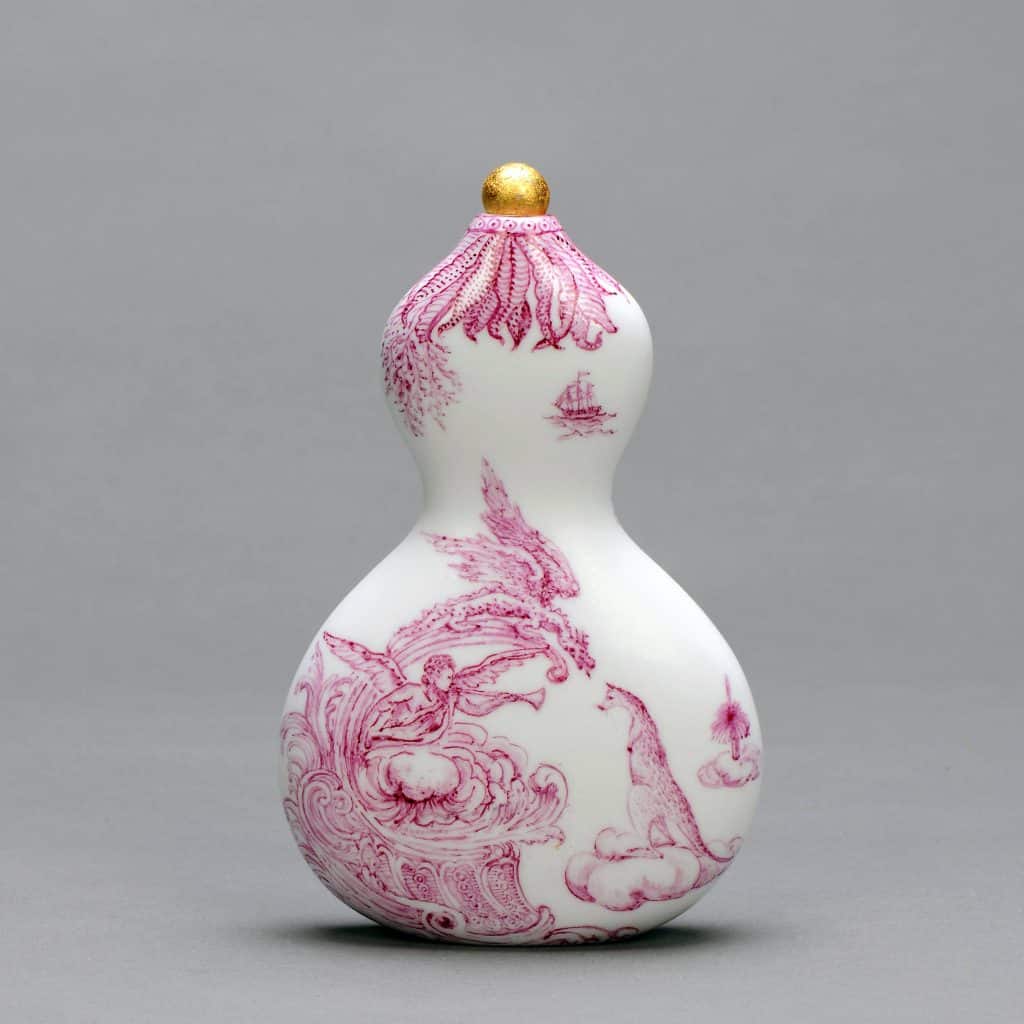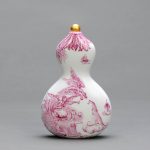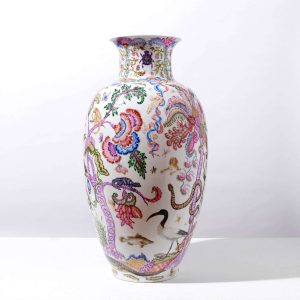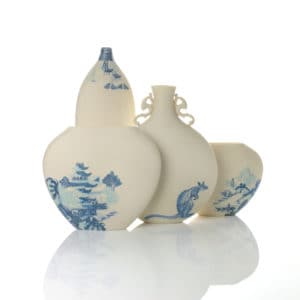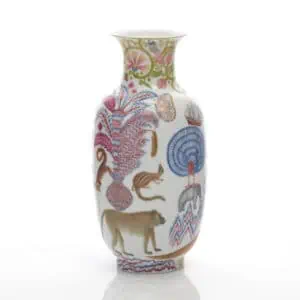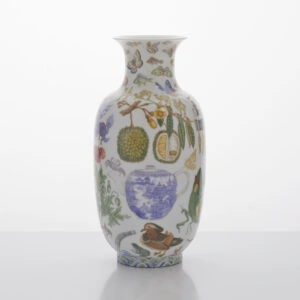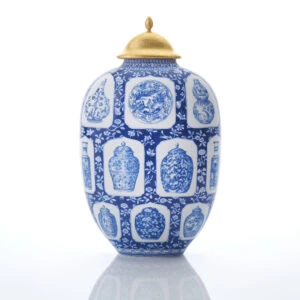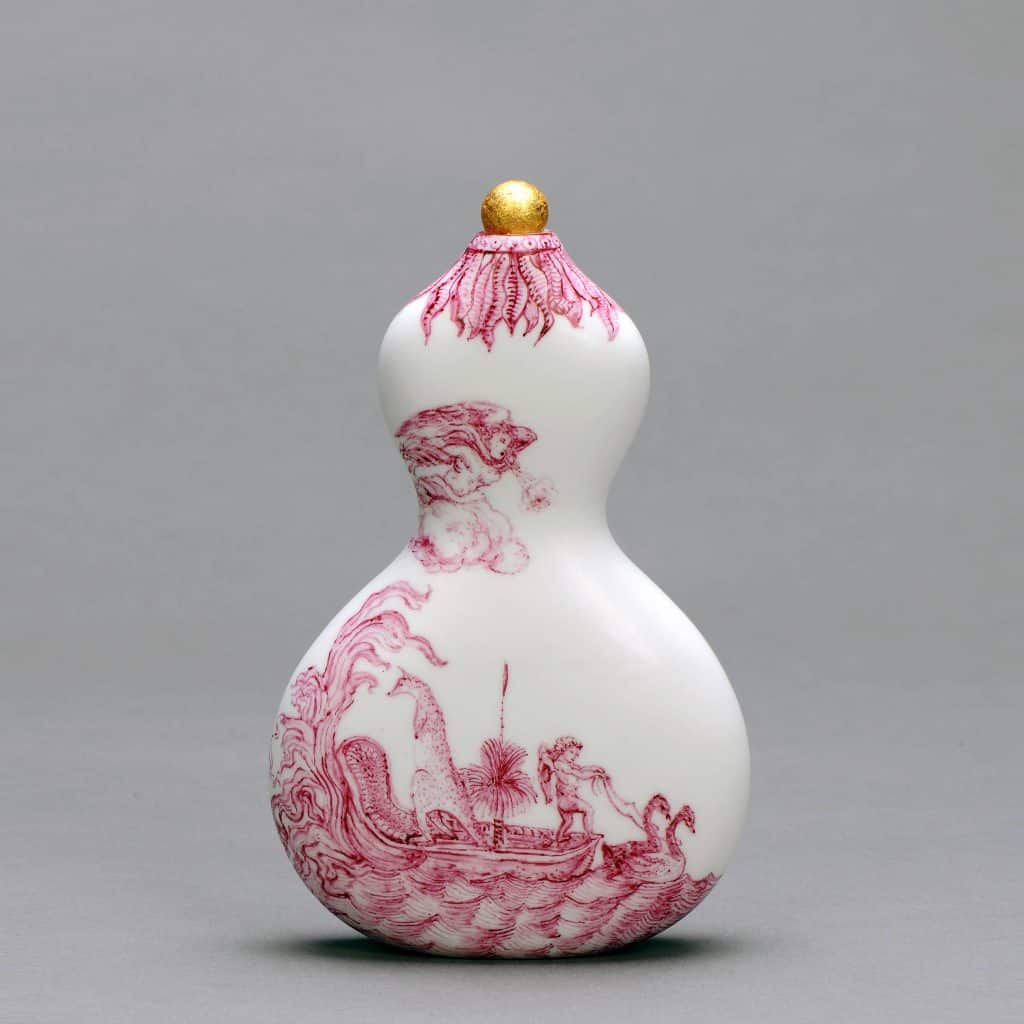
More about Lost at Sea, 2012
During the latter part of the 18th century both English and French sent expeditions to Australia known then as ‘New Holland’ to map its coastline and bring back specimens of plants and animals preferably alive.Many of the animals died on poor diets in the confined spaces on the arduous return journeys. It is reported that Captain Kent landed the first live Kangaroo in Liverpool in the early 19th century. Later many Australian animals were sold through Jamrach’s Menagerie.
Captain William Kent was earlier involved in the privateering and associated with the 'the Botany Bay nabobs' in importing.
'A remarkable fine stallion from America for £650.' Almost certainly this hugely expensive American horse was Washington, which is thought to have been one of a shipment of coaching and cavalry blood horses described as being of Spanish-Eastern origin, imported to the Cape of Good Hope from New England around 1797-98. Washington is suspected, with good reason, to have been imported to Sydney in April 1800 by a private arrangement with Captain William Kent, commander of the HMS Buffalo.’
Horsemen of the First Frontier (1788-1900) and The Serpent’s Legacy, by Keith R. Binney.
But this is another story.
Technique
The bottle is cast in Jingdezhen special super white porcelain, glazed and fired to 1330° C.
The painting technique is known in China as Xin Cai or oil painting on porcelain which I learnt in Jingdezhen from a Chinese teacher. Although this technique was invented by the Chinese during the Qing period, it was later perfected by the Germans at Meissen.
Previously I was trained in the Meissen technique by a Meissen painter using a pen, a quill brush, German Degussa colours and mediums but now I use a larger Chinese brush for much of my work with the exception of the tiny faces of the figures which are painted under a magnifying glass with a brush with 3 or 4 hairs.
- Robin Best

